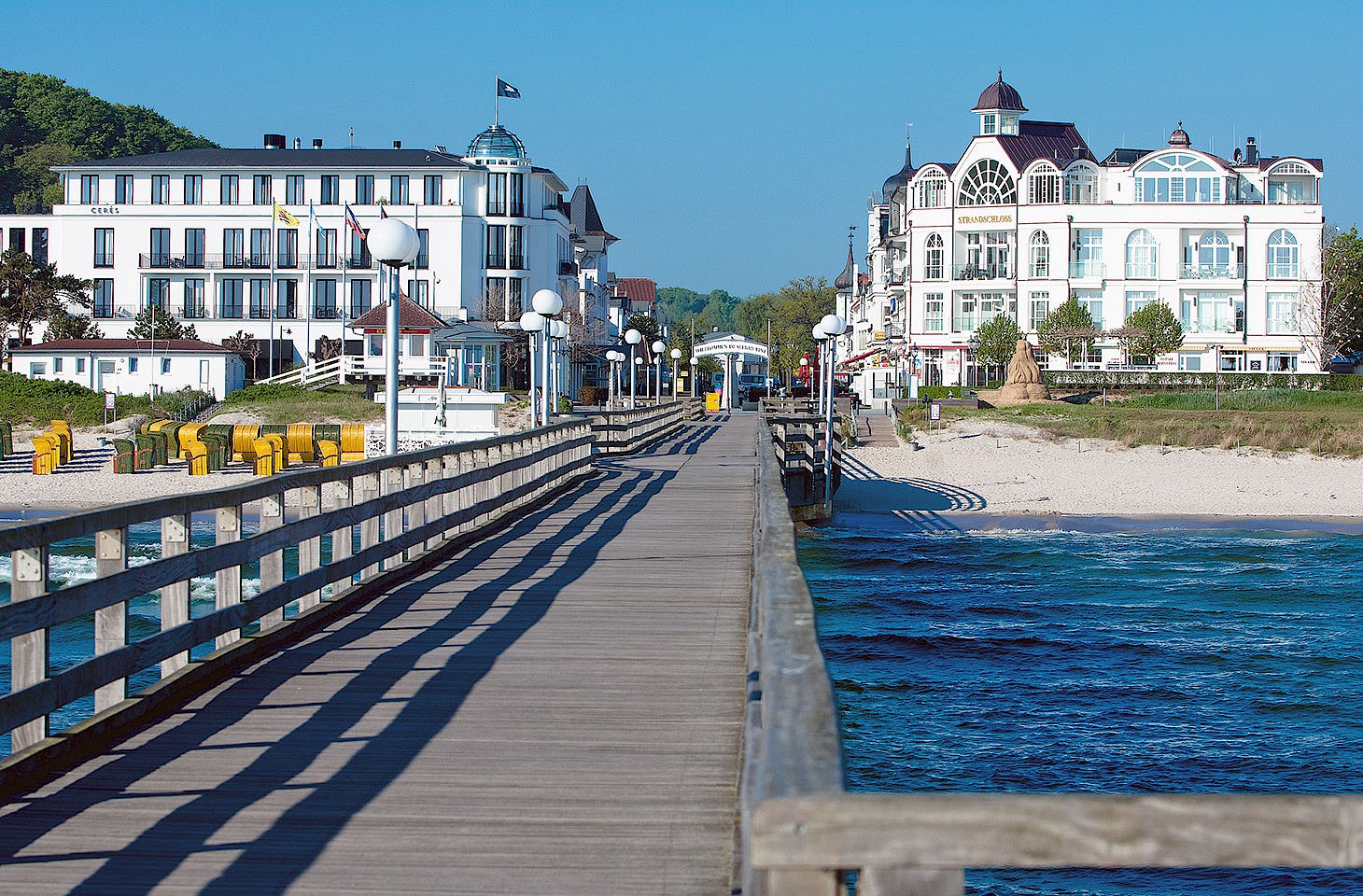The geographers are coming from hither and thither, all making their way to Saint-Dié, a mid-sized town in the Meurthe Valley in Lorraine. It’s a place shaped by textiles and timber, two historic staples in the economic landscape of the hilly Vosges region of eastern France.
But Saint-Dié has more than just timber and textiles. It has maps. And that’s made the Meurthe Valley hallowed ground for devotees of historical cartography, giving a town a sense of entitlement when it comes to geographical matters. Many visitors to the Vosges in early October head for the eastern flanks of the hills to experience the annual grape harvest in the celebrated wine villages of Alsace. But the geographers favour the quieter west side of the Vosges for the Festival International de Géographie in Saint -Dié.
“It was in Saint-Dié that America was invented,” explained a serious young man as we waited in Sainte-Marie-aux-Mines for the bus to Saint-Dié.
Saint-Dié’s claim to cartographic fame dates back over 500 years to the period when local mapmaker Martin Waldseemüller created the first maps ever to use the label ‘America’ in depicting the New World.
The story of the Saint-Dié map is just one example of how the intellectual currents of the Vosges region have rippled around the world. Back in Sainte-Marie-aux-Mines, just 20 kilometres east of Saint-Dié and reached by a long road tunnel which burrows under the high wooded ridges which define the border between Lorraine and Alsace, the locals are proud of their American connections too. If the very idea of America was invented in Saint-Dié, Sainte-Marie claims special status for having exported to the New World a community which has profoundly coloured the American imagination.
The Amish are an Anabaptist group of fundamentalist Christians, these days primarily associated with Lancaster County in Pennsylvania; they trace their origins back to the Mennonites and other Anabaptist groups who moved from Switzerland to Alsace in the 1650s and 1660s. In 1693, Jakob Ammann, who fretted over the lax ways of the Swiss Mennonites and their evident lack of congregational discipline, led a group which split decisively from the Mennonites to form a new fundamentalist sect, taking the name Amish from Jakob’s surname. The Lièpvrette Valley around Sainte-Marie, richly endowed with silver and other mineral resources, became the heartland of the Amish, where they cultivated an aesthetic tradition which proscribed even the most elementary adornments such as buttons. It were descendants of the Lièpvrette Valley Amish who from 1737, long after the death of Jakob Ammann, moved to Pennsylvania taking with them their prayerful ways and remarkable skills in patchwork quilting — an Alsace speciality that was universally popular with people of all faiths, and a craft which still commands a strong following in the Vosges today.



